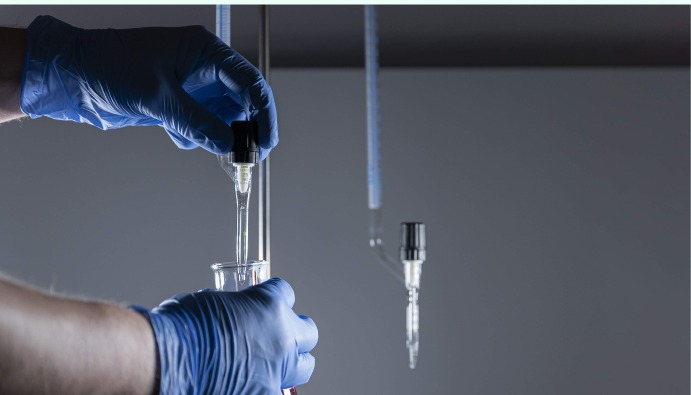
BLOG
KATEGORİDEKİ DİĞER YAZILAR

Hydrazine is widely used in thermal engineering as an anticorrosive agent. When protecting and passivating equipment, a large amount of wastewater containing a high concentration of hydrazine (about 100 mg/dm3) is formed after chemical cleaning. Since it is a highly toxic substance of hazard class II, the discharge of such water directly into the sewerage head and natural reservoirs is prohibited.
The maximum permissible concentration of hydrazine in domestic water is 0.01 mg/dm3 and 0.00025 mg/dm3 for fish ponds. The amount of hydrazine in wastewater should be reduced to the required levels before discharge. In order to determine these situations, “Hydrazine Determination” is performed in wastewater before discharge. With this analysis process, the amount of hydrazine in the water can be determined and the discharge process can be started after the necessary neutralization process.
ASTM D1385: Standard Test Method for Hydrazine in Water
There are several common analysis methods for the determination of hydrazine in wastewater:
Nanolab Laboratories Group continues to provide services within the scope of Hydrazine Determination in Wastewater. We also provide services in Sea Water Analysis.
Contact us for more information.
You can follow us on LinkedIn for up-to-date news and posts about our services.
Follow our Instagram account to be informed about our latest blog posts.